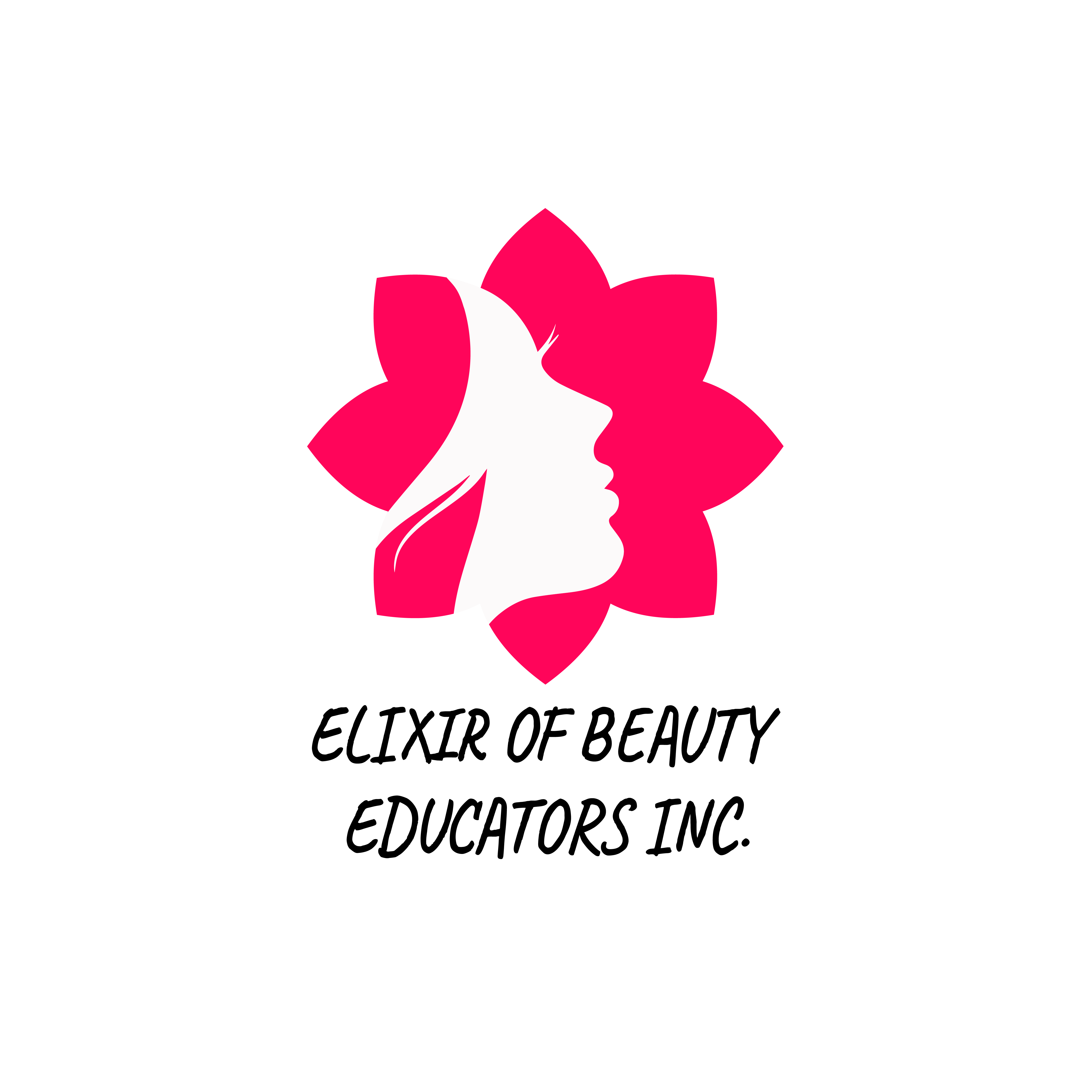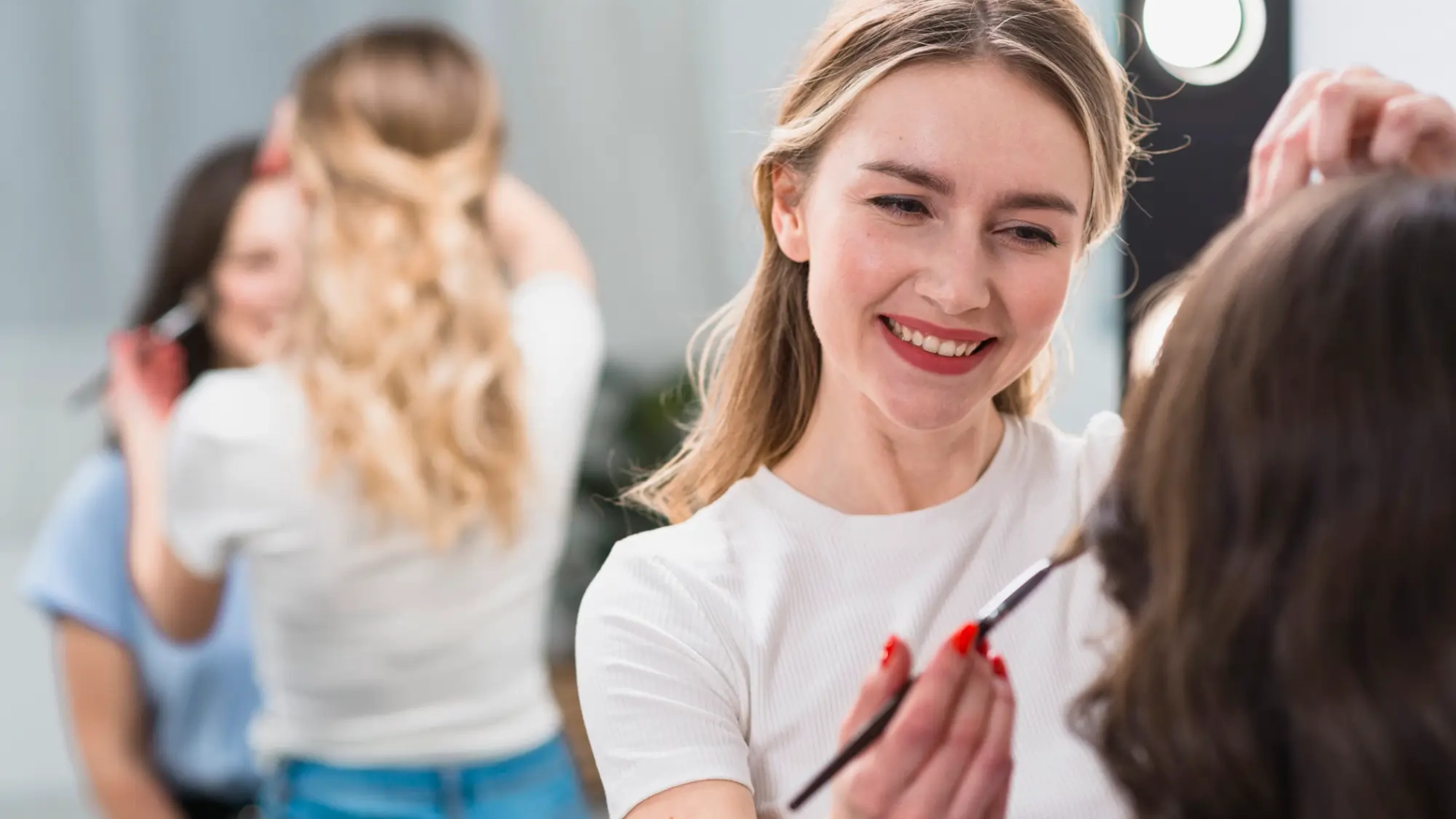Introduction
As the beauty industry continues to evolve, so too does the landscape of beauty education. With rapid advancements in technology, shifting student preferences, and new trends in curriculum development, the future of beauty education is poised for significant transformation. Looking ahead to 2025 and beyond, we can anticipate exciting developments that will redefine how beauty professionals are trained and prepared for the industry. This article explores key areas shaping the future of beauty education, including emerging technologies, the impact of virtual and augmented reality, evolving curriculum trends, and innovative teaching methods. Understanding these changes will help educators and students alike stay ahead in a dynamic field.
Emerging Technologies Shaping Beauty Education in 2025
Emerging technologies are set to revolutionize beauty education by offering more interactive, immersive, and efficient learning experiences. Artificial Intelligence (AI) will play a crucial role, providing personalized learning paths and real-time feedback through intelligent tutoring systems. AI can analyze students’ performance, identify strengths and weaknesses, and tailor educational content to their individual needs, ensuring a more customized learning experience.
3D printing is another technology likely to impact beauty education, particularly in the creation of custom tools and products. This technology allows for the rapid prototyping of beauty tools and accessories, enabling students to experiment with and understand the mechanics of product design and manufacturing. Additionally, advanced simulation software will offer virtual practice environments, allowing students to master techniques and procedures in a risk-free setting. These technologies not only enhance the learning experience but also prepare students for the technological advancements they will encounter in their careers.
The Impact of Virtual and Augmented Reality on Beauty Training
Virtual Reality (VR) and Augmented Reality (AR) are transforming beauty training by providing immersive and interactive learning experiences. Virtual Reality allows students to enter simulated environments where they can practice techniques and procedures without the constraints of a physical classroom. For instance, VR can simulate different salon scenarios, enabling students to practice client interactions, hair styling, or makeup application in a controlled, virtual space. This hands-on approach helps students build confidence and skills before working with real clients.
Augmented Reality enhances traditional training methods by overlaying digital information onto the real world. AR apps can assist students in visualizing different hair colors, makeup looks, or styles on a live model, providing immediate feedback and allowing for more accurate and creative practice. These technologies also facilitate remote learning opportunities, where students can engage in virtual workshops or collaborate with peers and instructors from around the globe. The integration of VR and AR into beauty education makes training more engaging, flexible, and aligned with industry innovations.
Trends in Curriculum Development for the Next Generation of Beauty Professionals
Curriculum development for future beauty professionals is shifting towards a more holistic and industry-relevant approach. Integrated curricula are being designed to combine technical skills with business acumen, emphasizing the importance of understanding market trends, client management, and salon operations alongside core beauty techniques. This comprehensive approach prepares students for the multifaceted nature of modern beauty careers.
Sustainability and ethical practices are becoming central themes in beauty education, reflecting the growing demand for environmentally conscious and socially responsible practices within the industry. Curricula now include training on sustainable products, eco-friendly practices, and ethical client interactions. Additionally, there is a growing focus on digital literacy, equipping students with skills in digital marketing, social media management, and online client engagement. These trends ensure that graduates are not only skilled practitioners but also well-rounded professionals ready to excel in a competitive and evolving industry.
Adapting to Changing Student Preferences: Innovative Teaching Methods in Beauty Schools
As student preferences evolve, beauty schools are adopting innovative teaching methods to meet the needs of a new generation. Blended learning models, which combine online coursework with in-person training, offer flexibility and accessibility, allowing students to learn at their own pace while still benefiting from hands-on practice. This approach accommodates diverse learning styles and schedules, making education more inclusive.
Gamification is another emerging trend, where educational content is delivered through interactive games and simulations. This method engages students by making learning more enjoyable and competitive, motivating them to achieve better outcomes. Collaborative learning environments are also gaining traction, encouraging students to work together on projects, share insights, and learn from each other’s experiences. These innovative methods not only enhance engagement but also prepare students for collaborative work in the professional world.
Virtual Marketing Tip: Enhancing Your Beauty School’s Visibility
Leverage virtual open houses and live demonstrations to showcase your beauty school’s offerings. Hosting interactive webinars and virtual tours allows potential students to explore the curriculum, meet instructors, and see the facilities from the comfort of their homes. Use social media platforms and targeted online advertising to promote these events, engaging with your audience through live Q&A sessions and interactive content. Incorporate student testimonials and success stories to build credibility and attract prospective students. These virtual strategies not only increase visibility but also create a compelling online presence for your beauty school.
Conclusion
The future of beauty education is set to be dynamic and transformative, driven by advancements in technology, evolving curriculum trends, and innovative teaching methods. By embracing emerging technologies like AI, VR, and AR, and adapting to new student preferences through blended learning and gamification, beauty schools can offer more engaging and effective training experiences. As the industry continues to evolve, staying ahead of these trends will ensure that beauty professionals are well-prepared for the challenges and opportunities that lie ahead.


Leave A Comment